

Dealer Locator

Book a Test Drive

Contact Us

Build Your Subaru
1960’s
1960
Advanced, realistic crash testing conducted as a Japanese manufacturer making use of guiderails and crash test dummies.
1960

Rear-end crash testing of the Subaru360.
1965

The first Japanese manufacturer to begin crash testing (frontal, rear-end).
1966
Subaru1000: Subaru’s first FWD car powered by the SUBARU BOXER is released. High levels of safety are obtained in collision safety testing.
1970’s
1971
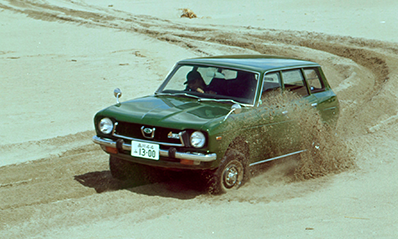
A special Subaru collision safety programme is developed as part of collision safety testing for the Leone.
1972
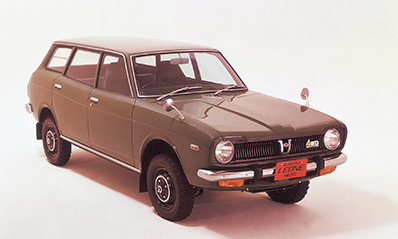
Subaru Leone 4WD Station Wagon, the world’s first mass-produced 4WD passenger car, is released. It features a selective system where the driver could switch from 4WD to 2WD mode.
1977
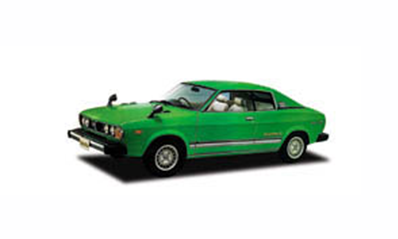
Engine drop tests begin for the American Leone (L-Series).
1979
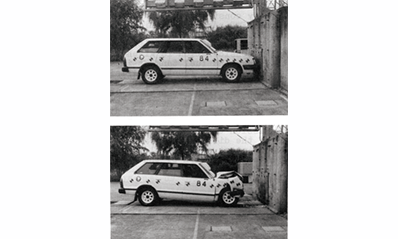
Leone 4WD tests: As part of steps to improve collision safety for the Leone 4WD, the propeller shaft and differential are designed to split and drop down during a collision.
1980’s
1981

“Leone 1800cc 4WD Automatic” is released, using the world’s first wet hydraulic multi-plate clutch in the rear wheel drive transfer case of its AWD automatic transmission.
1983

4WD turbo Leone equipped with an air suspension system to hydraulically adjust the height of the car.
1986
Research into the use of high-tensile materials for car frames begins.
1986

XT: Plastic bumpers that comply with the five-mile-an-hour rule introduced in America as the first “energy absorbing bumpers” developed in the world.
1986

Leone 3-door hatchback coupe RX-II (1.8-litre turbo engine) uses a full-time AWD system with a bevel-geared and differential-lock centre differential.
1987

MP-T 4WD developed into the full-time 4WD “ACT-4” system, operating on pulse control to predict front and rear torque distribution.
1989

First generation Legacy released. The model became the Subaru’s new safety standard in order to further improve safety and protection in actual collisions.
1989
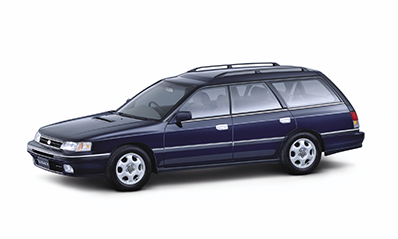
Turbo Legacy comes equipped with the full-time 4WD system with viscous coupling LSD centre differential. A tandem brake booster braking system increases the safety of the car.
1990’s
1990
Installation of on-board crash data acquisition systems/crash test facilities.
1991

“VTD-4WD (Variable Torque Distribution 4-Wheel Drive)” for outstanding turning, and the “4WS” (four-wheel steering system) installed in the SVX for a superior balance between safety and driving enjoyment.
1993

Second generation Legacy: The rigidity of frameless car bodies that provide protection against offset collisions is increased for even higher levels of collision safety.
1996

First generation Forester: Built on the Ring-Shaped Reinforcement Frames body for the current superior levels of collision safety.
1998

Third generation Legacy: The Ring-Shaped Reinforcement Frames body and front frame structure envelopes the Horizontally-Opposed Engine. The installation of front side airbags raises collision safety to unprecedented levels.
1999
“ADA (Active Driving Assist)” driver assist system using stereo cameras is released and installed in the Japanese Legacy.
![]()
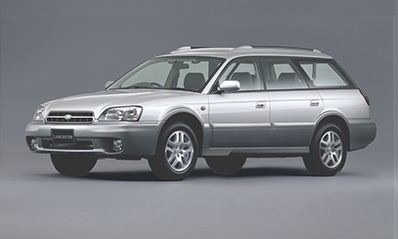
2000’s
2003
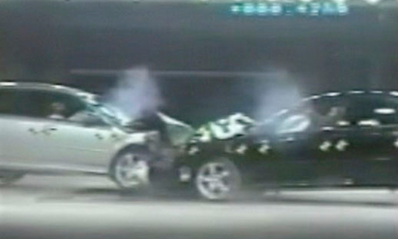
Car-to-Car crash tests: To improve safety even further, construction of crash test facilities that recreate actual crash conditions is completed.
2007

Safety improved immensely with the “SUBARU Dynamic Chassis Control Concept (DC³)” concept, to take driving enjoyment to new heights.
2008
“EyeSight” is released as the world’s first safety technology operating using only stereo cameras.
![]()
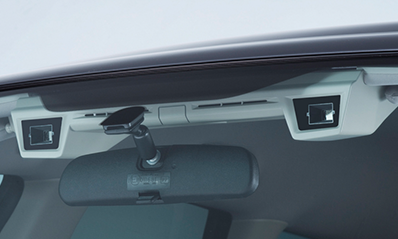
2010’s
2010
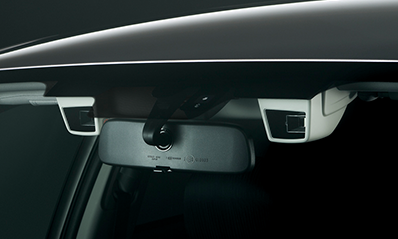
Advanced “EyeSight (ver.2)” driving support system.
2010
Advanced "EyeSight (ver.2)"* driving assist system awarded the 2010/2011 Japan Automotive Hall of Fame Car Technology of the Year *Japanese specifications.
2014
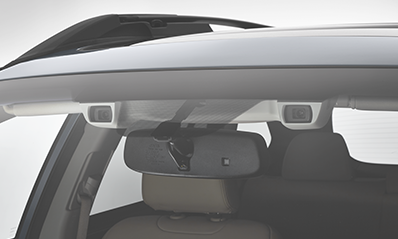
EyeSight is enhanced, with improvements made to core functions such as the use of colour stereo camera images
2014
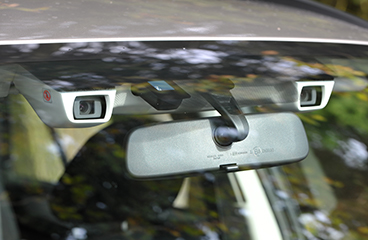

EyeSight launched in the European market with the new Outback, following on from release in Japanese, Australian and North American markets.
2015

Levorg was released in Japan with the “Advanced Safety Package,” which included four functions: Subaru Rear Vehicle Detection, Side View Monitor, High Beam Assist, and EyeSight Assist Monitor. This increased safety around the entire car to enhance overall safety.
2016

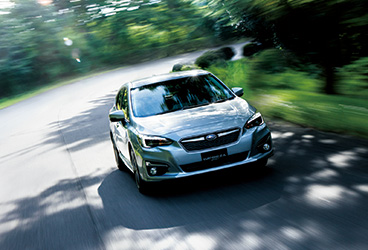

Impreza based on the Subaru Global Platform released
2016


Total of 1 million EyeSight-equipped Subaru Vehicles sold globally
2017


Subaru EyeSight upgraded with new “Touring Assist” function in Japan
2017
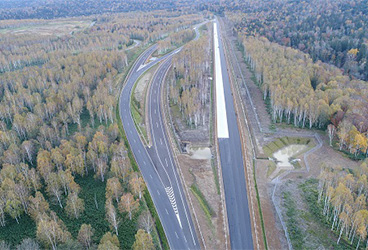

Subaru completed construction of its test tracks for Advanced Driver Assist Technologies at its Bifuka Proving Ground in Hokkaido, Japan
2018
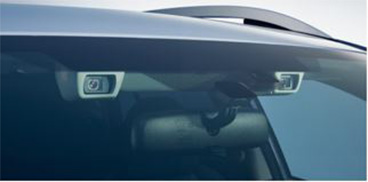
Subaru’s EyeSight Driver Assist System won the President’s Award from the Japan Techno-Economics Society












